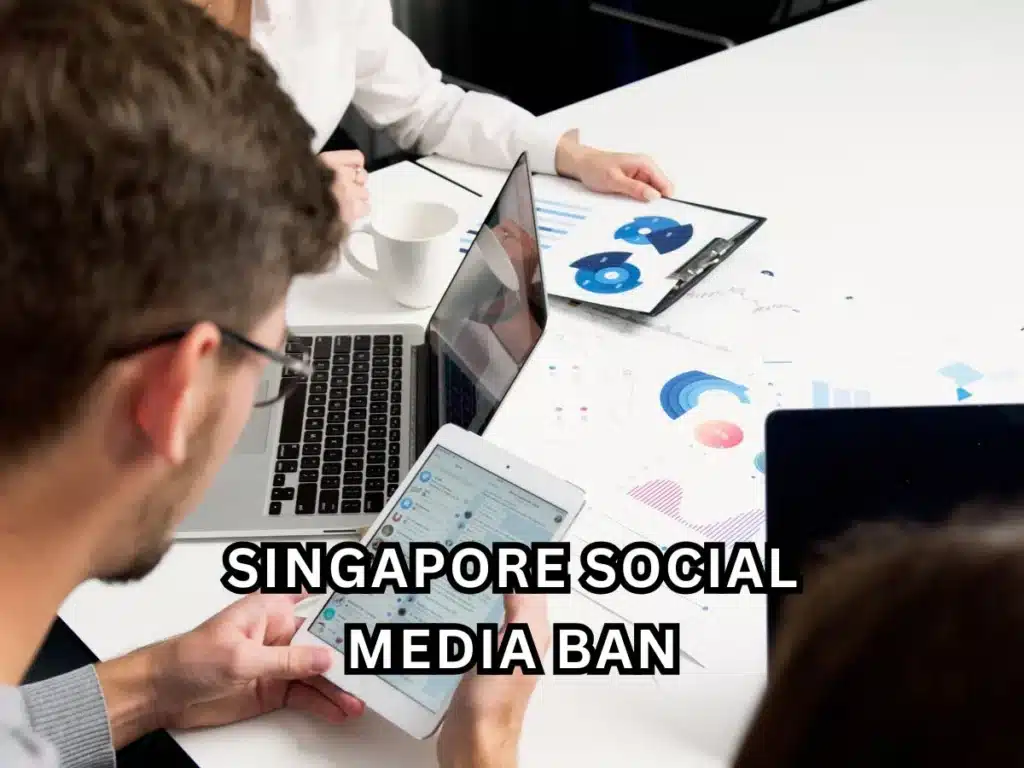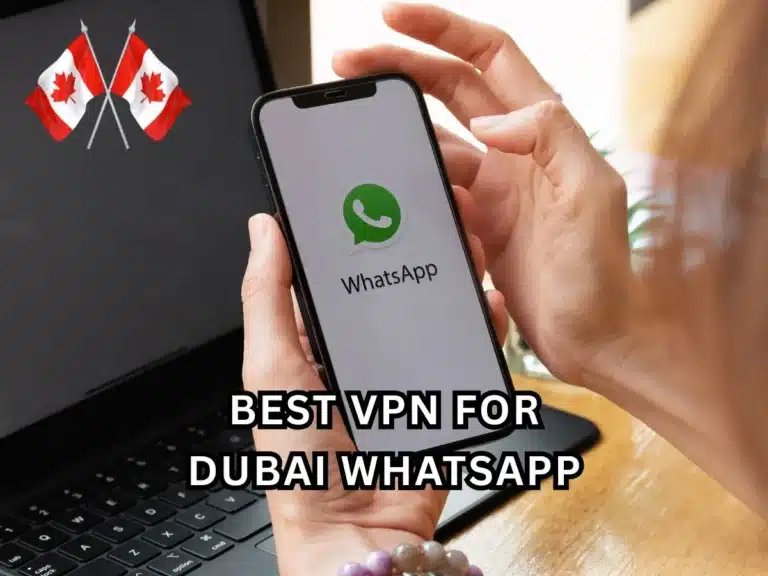Introduction
The digital age has brought people closer than ever. Social media has become an everyday part of life. From sharing moments to expressing opinions, platforms like Facebook, Instagram, and TikTok have become powerful tools. But what happens when a country decides to limit or stop access to them? The Singapore social media ban has sparked intense discussion. It affects individuals, businesses, and the whole digital landscape. Understanding this move is essential to grasp its wide-reaching effects.
What is the Singapore social media ban?
The Singapore social media ban refers to the restrictions placed on access to popular social platforms. This means people in Singapore may face difficulties using or logging into these apps. In some cases, the platforms may be blocked entirely. The government may take these steps due to political, social, or security reasons. While temporary or permanent, such a ban brings significant changes to how people connect online.
Social media bans can include limits on posting, restrictions on viewing certain content, or full shutdowns. The goal behind these actions is usually to maintain public order or protect national interests. The Singapore social media ban has raised questions about freedom of speech, access to information, and online expression.
Top Benefits of the Singapore social media ban
While it may seem negative at first glance, the Singapore social media ban also has certain benefits. These depend on perspective and context. Here are a few positive aspects some supporters point out:
1. Reduced Misinformation
False news and misleading content spread quickly online. The Singapore social media ban can slow this down. It allows authorities to control dangerous rumors during sensitive times.
2. Improved Focus and Productivity
Without social media distractions, people might spend more time on meaningful tasks. Students, employees, and even families may experience better focus.
3. Enhanced National Security
During times of unrest or sensitive national events, the ban can protect citizens. It prevents panic and curbs the spread of harmful content.
4. Mental Health Improvement
Social media often causes anxiety, stress, and low self-esteem. A break, even if enforced, might bring mental peace to users.
5. Promotes Real Conversations
When people aren’t glued to their screens, they’re more likely to connect in person. It can bring families and communities closer.

How to Adjust to the Singapore social media ban – Step-by-step
Adapting to the Singapore social media ban can be challenging, especially for those who rely on it daily. Here’s a step-by-step guide to stay connected and productive:
Step 1: Shift to Alternative Communication Tools
Apps like Telegram, Signal, or email can help stay in touch with friends and family. These platforms may not be affected.
Step 2: Explore Offline Hobbies
Pick up reading, writing, or even learning a new skill. Use the free time to do things that social media used to replace.
Step 3: Stay Updated Through Traditional Media
Watch TV news, listen to the radio, or read newspapers. These remain reliable sources of information during digital blackouts.
Step 4: Use VPNs Cautiously
Some try to bypass restrictions using VPNs. However, doing this can be illegal or unsafe. Always understand the legal risks before using such tools.
Step 5: Support Local Businesses Without Social Media
Many local businesses depend on social platforms. Reach out directly, visit their stores, or call them instead of using social platforms.
Common Mistakes to Avoid During the Singapore social media ban
Adapting to change isn’t always easy. Here are common mistakes to avoid:
1. Relying Heavily on Unverified Apps
Many new apps may claim to offer access. Avoid downloading unknown apps that may pose security risks.
2. Spreading Panic
Don’t share unconfirmed rumors with others. It increases fear and confusion.
3. Ignoring Mental Health
Sudden disconnection can lead to loneliness. Talk to friends, join local events, or reach out to support groups.
4. Breaking the Law
Using tools like VPNs or proxies without knowledge of the rules can get you in trouble. Know the regulations before taking action.
5. Neglecting Real-Life Relationships
While trying to get back online, don’t forget the people around you. Spend quality time with family and neighbors.

Smart Tips and Tricks to Cope
There are many creative ways to make the most of this situation. Here are some smart ideas:
1. Start a Journal
Writing your thoughts helps process emotions. It’s a great way to reflect during the Singapore social media ban.
2. Build a Personal Website
Instead of relying on platforms, create your own space online. You can share blogs, photos, and updates independently.
3. Host Community Meetups
Organize small local gatherings to share updates and support one another. It strengthens bonds offline.
4. Learn a New Digital Skill
Use the free time to study coding, design, or marketing. This can improve your career prospects post-ban.
5. Subscribe to Newsletters
Many websites offer email-based updates. Subscribe to stay informed without using social media.
Real-Life Relevance of the Singapore social media ban
The Singapore social media ban isn’t just a headline. It has a deep impact on everyday life. Businesses that depend on social media for sales and marketing feel the heat. Influencers and content creators lose their platforms. Students miss their communities. Yet, it also forces people to look beyond their screens.
The ban encourages face-to-face conversations. Families reconnect. Local news becomes relevant again. People start attending events instead of just scrolling. It’s a reminder that life happens offline too.
For small businesses, it’s a chance to create personal relationships with customers. For schools and colleges, it’s time to promote offline clubs and debates. In many ways, the Singapore social media ban rebalances our lives.

Conclusion
The Singapore social media ban is more than a digital block—it’s a moment of reflection. It challenges our habits and pushes us to find new ways to connect, learn, and grow. While it has downsides, it also opens doors to possibilities we’ve forgotten. Whether the ban is short or long, it teaches us the importance of balance.
We must learn to live meaningfully with or without social platforms. And when access returns, we may use it more wisely. This situation reveals how deeply we rely on digital life—and how strong we can be without it.
This topic matters deeply to our online and offline well-being. On Interclever, we explore such powerful moments that shape the digital future.
FAQs About the Singapore Social Media Ban Everyone Is Asking
1. What is the Singapore social media ban all about?
It refers to restrictions placed on accessing or using popular social media platforms in Singapore due to various national concerns.
2. Can I still message people during the Singapore social media ban?
Yes, you can use alternative apps like Telegram, Signal, or email to stay connected.
3. Is it legal to use VPNs during the Singapore social media ban?
Not always. Using VPNs can break local laws depending on how they are used. It’s best to understand the rules clearly.
4. How does the Singapore social media ban affect businesses?
Many businesses lose their main marketing tools and need to find new ways to connect with customers offline.
5. Will my mental health be affected by the Singapore social media ban?
It can be, especially if you’re used to constant digital interaction. But with support and hobbies, you can adjust positively.
6. What’s the best way to stay informed during the Singapore social media ban?
Use traditional news sources like TV, radio, newspapers, and trusted newsletters to stay updated.












